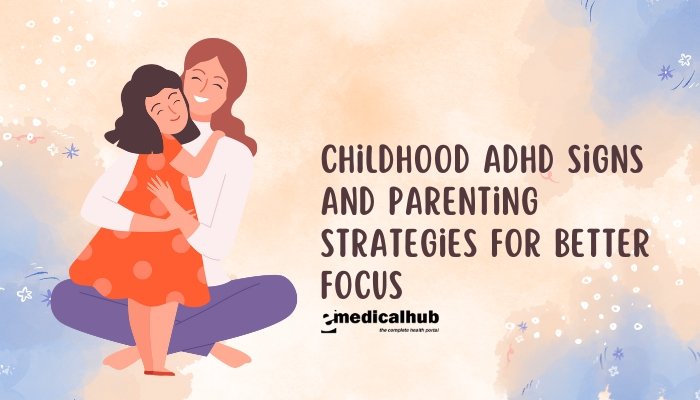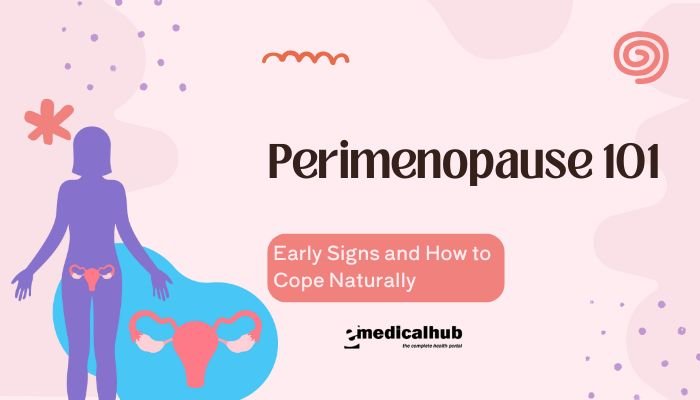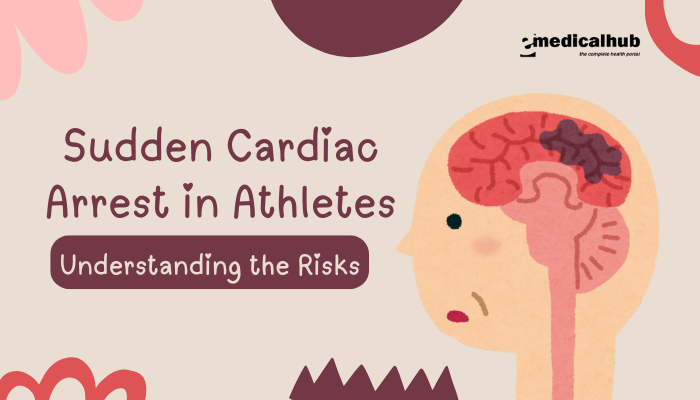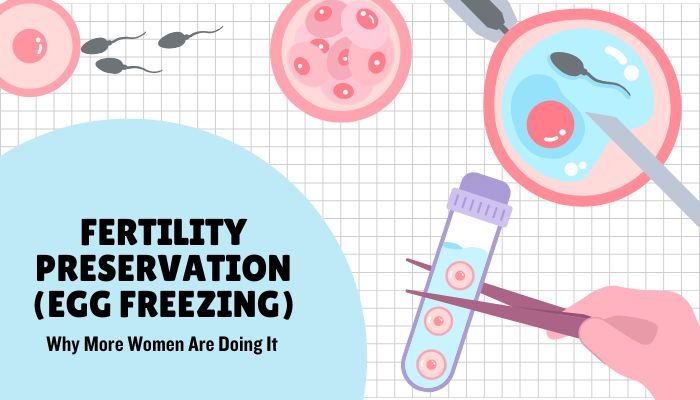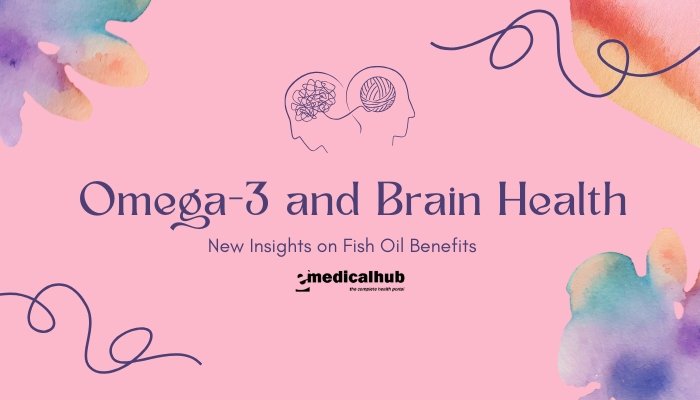Introduction
Raising a child is seldom simple, but it can become especially challenging when a child exhibits consistent struggles with focus, impulsivity, or hyperactivity. In such cases, Attention-Deficit/Hyperactivity Disorder (ADHD) often emerges as a key concern.
ADHD is a neurodevelopmental condition that can affect a child’s ability to sit still, concentrate, follow through on tasks, and regulate impulses. As a parent, you may notice your child having difficulty staying on task with homework, interrupting others frequently, or being perpetually “on the go.”
While it is normal for children to be energetic or occasionally forgetful, ADHD-related behaviors are more persistent and disruptive, both at school and at home.
Fortunately, ADHD is manageable with the right combination of parenting strategies, structured routines, professional support, and possibly medication. This article explores the main signs of childhood ADHD and practical parenting approaches to foster better focus and self-control.
By understanding ADHD’s symptoms, how it’s diagnosed, and ways to respond at home, parents can help their children thrive academically and socially. If you suspect your child shows consistent ADHD indicators, professional evaluation is vital for determining the best path forward.
Disclaimer: The following content is for general educational use. For personalized assessment or diagnosis, please consult a qualified healthcare provider. If you have pressing concerns about your child’s behavior, reach out to a pediatrician, child psychologist, or mental health specialist.
Understanding ADHD
What Is ADHD?
ADHD stands for Attention-Deficit/Hyperactivity Disorder, a common neurodevelopmental disorder often first identified in childhood. Key aspects of ADHD involve inattention (difficulty sustaining focus or organizing tasks) and/or hyperactivity-impulsivity (excess restlessness, trouble inhibiting impulses).
Core characteristics include:
- Inattention: Struggling with details, easily distracted, difficulty following through on tasks, and disorganization.
- Hyperactivity: Fidgeting, non-stop motion, difficulty remaining seated, or always being “on the go.”
- Impulsivity: Blurting out answers, interrupting others, or difficulty waiting turns.
While many kids occasionally show such behaviors, children with ADHD show them persistently and in more severe forms, affecting daily functioning.
ADHD Subtypes
According to the Diagnostic and Statistical Manual of Mental Disorders (DSM-5), there are three ADHD presentations:
- Predominantly Inattentive Presentation: Problems mainly with concentration and organization, fewer hyperactive symptoms.
- Predominantly Hyperactive-Impulsive Presentation: Fidgety, impulsive behaviors are most prominent.
- Combined Presentation: Both inattention and hyperactivity-impulsivity issues.
Prevalence and Causes
ADHD is one of the most frequently diagnosed childhood disorders, affecting an estimated 5–10% of children in many countries. Research suggests a strong genetic component, but environmental factors—like prenatal exposures, lead exposure, or early adversity—may also play roles. No single factor fully explains ADHD; it often arises from complex interactions in brain development, neurotransmitter regulation, and inherited traits.
Signs and Symptoms of ADHD in Children
Recognizing ADHD goes beyond noticing typical childhood energy or short attention spans. Consider these persistent, pervasive indicators:
Inattentive Symptoms
- Trouble Staying Focused: Quickly loses interest in tasks or activities, especially those that require sustained mental effort (like homework).
- Disorganized: Loses materials (books, pencils), struggles to follow multi-step instructions, or frequently forgets daily tasks.
- Careless Mistakes: Overlooks details, leading to errors in schoolwork or chores.
- Easily Distracted: Shifts attention to irrelevant stimuli mid-task (a passing conversation, a minor noise).
Hyperactive Symptoms
- Fidgeting: Constantly tapping feet, squirming in seat, difficulty remaining still.
- Excessive Physical Movement: Running, climbing, or restlessness in situations where it’s inappropriate.
- Nonstop Talking: May talk excessively, making it hard to listen effectively.
Impulsive Symptoms
- Interrupting: Blurting out answers, talking over people, or intruding on activities.
- Lack of Patience: Difficulty waiting turns or abiding by rules (e.g., in lines, games).
- Risky Behaviors: Not thinking through consequences before acting.
Duration and Context: These behaviors typically appear before age 12, across at least two settings (home, school, extracurriculars). The child’s ability to function is significantly compromised.
Impact on Everyday Life
- Academics: Struggle completing assignments, poor organization, or forgetting deadlines can lead to subpar performance.
- Social Interactions: Peers might be annoyed by constant interruptions or fidgeting, leading to social rejection or isolation.
- Family Dynamics: Parenting can feel stressful if children resist instructions or require constant reminders.
If you identify many of these signs, consult with a healthcare professional for an evaluation.
Diagnosis and Professional Evaluation
Pediatric Assessment
Start by discussing concerns with your child’s pediatrician, who may perform:
- Medical History and Physical Exam: To rule out hearing problems, vision issues, or other factors that can mimic ADHD.
- Behavior Questionnaires: Tools like the Vanderbilt ADHD scales may gather input from parents and teachers.
Psychological Testing
A psychologist, psychiatrist, or specialized professional might administer:
- Neuropsychological Tests: Evaluate attention, memory, impulse control, and executive functioning.
- Observations: They may see how your child reacts in structured or free-play scenarios.
Comorbidities
Many children with ADHD face other conditions, e.g., anxiety, learning disabilities, or oppositional defiant disorder. A thorough assessment addresses these co-occurring diagnoses.
Parenting Strategies to Promote Focus and Manage Behaviors
Parents can play a pivotal role in helping children with ADHD. Effective strategies combine structure, consistency, and supportive communication.
Create Routines and Clear Expectations
- Structured Schedule: Post a visual timetable of daily activities (waking, meals, homework, bedtime). Consistency reduces confusion.
- Break Tasks into Steps: Instead of “clean your room,” specify smaller tasks (“pick up toys, put clothes in hamper, then make the bed”).
- Limit Over-Scheduling: Overly packed days can overwhelm children with ADHD. Allow downtime for mental decompression.
Positive Reinforcement
- Specific Praise: Acknowledge small achievements and “good tries” with clear compliments (“Great job finishing your math worksheet!”).
- Reward Systems: Sticker charts, tokens, or privileges for consistent follow-through.
- Focus on Strengths: Encourage areas they excel in—sports, art, technology—to boost self-confidence.
Consistent, Calm Discipline
- Clear, Simple Commands: One directive at a time, reduce ambiguous or multi-layer instructions.
- Natural Consequences: If possible, let them experience the results of forgotten tasks (mild consequences) to teach responsibility.
- Logical Consequences: If repeated ignoring or rule-breaking, provide a short, immediate repercussion (like removing a certain privilege) while explaining the reason calmly.
Organized Environment
- Label and Organize: Use bins, color-coding, or checklists so your child quickly finds needed items.
- Minimize Distractions: In homework areas, reduce noise, turn off TVs, or limit device usage that’s not relevant to the task.
- Consistent Bedtime: Keep electronics out of the bedroom, set a calming routine to improve sleep.
Teaching Self-Regulation Skills
- Mindful Breaks: Encourage short mindful breathing exercises or quiet time to help reset if agitation arises.
- Body Awareness: Activities such as yoga or stretching can help them recognize internal cues and self-soothe.
- Goal Setting: Work with the child to set daily or weekly mini-goals, building motivation and focus.
Additional Support for School and Social Settings
School Collaboration
- IEP/504 Plans: If ADHD significantly impedes learning, a child may qualify for an Individualized Education Program (IEP) or 504 accommodation plan that modifies homework loads, seating arrangements, or test-taking conditions.
- Frequent Check-Ins: Communicate with teachers regularly to monitor progress or note new behavior patterns.
- Study Skills Training: Some schools offer organizational or study skill programs specifically for ADHD students.
Social Skills Training
- Role-Playing: Help the child practice turn-taking, waiting, or polite conversation.
- Structured Play Dates: Short, supervised activities with one or two peers can ease social frustrations.
- Group Programs: Some counseling centers or non-profits hold group sessions teaching social problem-solving strategies.
After-School Activities
- Sports or Clubs: Physical outlets like swimming, martial arts, or structured youth clubs can channel energy and help them form friendships in small, rule-based environments.
- Art or Music: Encouraging creative outlets builds self-esteem and can provide a sense of competence and calm.
Medical and Therapeutic Interventions
Medication
- Stimulants (e.g., methylphenidate, amphetamine-based) are first-line for ADHD, improving focus and reducing impulsivity.
- Non-Stimulants (e.g., atomoxetine, guanfacine) may suit those who do not tolerate or respond to stimulants.
- Monitoring: Doctors typically evaluate side effects like appetite changes, sleep disturbances, or growth impact.
Behavioral Therapy
Professional therapists can coach parents and children in consistent discipline, positive feedback techniques, and problem-solving skills. Parent-Child Interaction Therapy (PCIT) or behavioral parent training focuses on strengthening the parent-child bond while managing ADHD symptoms.
Combined Treatment
Many children see the best results from medication + therapy. This synergy addresses both biological aspects (with medication) and behavioral components (with therapy).
Parental Self-Care and Coping
Avoid Caregiver Burnout
Caring for a child with ADHD can be stressful:
- Take Breaks: Rely on a partner, family, or babysitter for respite.
- Practice Stress-Management: Mindfulness, exercise, or short hobbies that rejuvenate you.
- Seek Support: Parenting groups or online forums for ADHD caregivers can provide empathy and resources.
Mindset Shifts
- Embrace Different: Understand your child’s ADHD is part of who they are, not a failing. Their energy or creativity can be channeled productively.
- Celebrate Achievements: Applaud small improvements in behavior or academic tasks. This positivity fosters a more supportive environment.
Myths vs. Facts About Childhood ADHD
- Myth: “Kids with ADHD just need discipline or better parenting.”
- Fact: ADHD is a neurobiological disorder, and consistent structure helps, but it doesn’t cure ADHD.
- Myth: “They’ll outgrow it.”
- Fact: Some symptoms lessen with maturity, but ADHD often persists into adolescence and adulthood.
- Myth: “Only hyperactive kids have ADHD.”
- Fact: Many are predominantly inattentive, quietly daydreaming or disorganized. These children can be overlooked.
- Myth: “Medication alone solves ADHD.”
- Fact: Medication helps, but behavior management and supportive strategies are crucial for long-term success.
Frequently Asked Questions (FAQ)
- Can dietary changes help a child with ADHD?
While a balanced diet is important for any child, no specific diet universally “cures” ADHD. Some parents report improvements by limiting sugar or additives, but evidence is mixed. Consult a nutritionist for personalized advice. - If my child is fidgety only at school, does that mean ADHD?
ADHD behaviors typically appear in multiple environments. If issues are only at school, it could be situational stress or a learning difficulty. Observing them at home or other places is essential. - What if the teacher says my child has ADHD but I disagree?
Teachers can spot signs but are not diagnosticians. Seek a formal evaluation from a pediatrician or psychologist for a definitive diagnosis. - Should I avoid giving my child medication for ADHD?
Medication can significantly improve focus and reduce impulsivity, especially for moderate-to-severe cases. Deciding on medication is a personal, informed choice with medical guidance. - Does using gadgets like phones or tablets worsen ADHD?
Overexposure to screens can exacerbate attention issues, but technology use in moderation, with parental oversight, can be part of a balanced approach.
Conclusion
Childhood ADHD significantly impacts daily functioning, school success, and family relationships—but it is also highly manageable with early identification, structure, and supportive strategies. By distinguishing normal childhood energy or passing moodiness from true ADHD symptoms, parents can seek timely professional evaluations.
Once diagnosed, effective treatments vary from behavioral interventions and environmental modifications to medication, therapy, and skill-building. Through consistent routines, targeted discipline approaches, and strong communication with educators, children with ADHD can learn to harness their potential and develop essential coping skills.
Parents too should remember that ADHD is not merely a behavioral problem; it is a neurodevelopmental condition that demands empathy, patience, and occasionally creative problem-solving. Building a supportive network—enlisting clinicians, teachers, or local support groups—helps lighten the load. With a combination of professional guidance and proactive parenting, children with ADHD can flourish academically, socially, and emotionally, ultimately shaping fulfilling futures.
References
- American Psychiatric Association. Diagnostic and Statistical Manual of Mental Disorders (DSM-5). 5th ed. Washington, DC: APA; 2013.
- Polanczyk G, Salum GA, Sugaya LS, et al. Annual Research Review: A meta-analysis of the worldwide prevalence of mental disorders in children and adolescents. J Child Psychol Psychiatry. 2015;56(3):345-65.
- Centers for Disease Control and Prevention (CDC). Data and Statistics About ADHD. Updated 2021.
- Wolraich ML, Hagan JF Jr, Allan C, et al. Clinical Practice Guideline for the Diagnosis, Evaluation, and Treatment of ADHD in Children and Adolescents. Pediatrics. 2019;144(4):e20192528.
- Subcommittee on Attention-Deficit/Hyperactivity Disorder, Steering Committee on Quality Improvement and Management. ADHD: Clinical Practice Guideline for the Diagnosis, Evaluation, and Treatment in Children and Adolescents. Pediatrics. 2011;128(5):1007-22.
- Evans SW, Owens JS, Bunford N. Evidence-based psychosocial treatments for children and adolescents with ADHD. J Clin Child Adolesc Psychol. 2014;43(4):527-51.
- Chronis-Tuscano A, Wang CH, Strickland J, et al. Parent and child ADHD in early childhood. Child Adolesc Psychiatr Clin N Am. 2018;27(2):159-174.
- Pliszka SR. The neurobiology of childhood psychiatric disorders: ADHD, depression, and anxiety disorders. Psychiatr Clin North Am. 2012;35(4):761-786.
- National Institute for Health and Care Excellence (NICE). Attention deficit hyperactivity disorder: diagnosis and management. NICE Guideline [NG87], 2018.
- Van der Oord S, Ponsioen A, Geurts HM, et al. A pilot study of mindfulness-based cognitive therapy for children. J Child Fam Stud. 2012;21:139-147.
- Pelham WE, Fabiano GA. Evidence-based psychosocial treatments for ADHD. J Clin Child Adolesc Psychol. 2008;37(1):184-214.
- Coghill D, Seth S. Effective management of attention-deficit/hyperactivity disorder (ADHD) needs training and communication. Eur J Pediatr. 2015;174(9):1127-1135.

